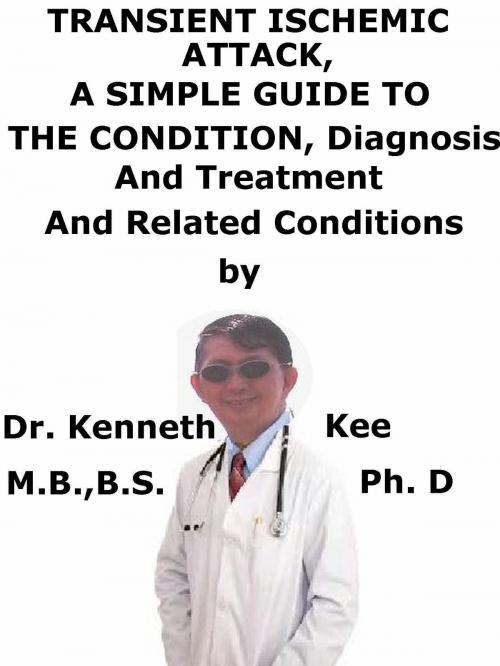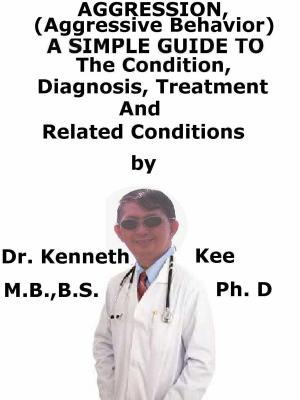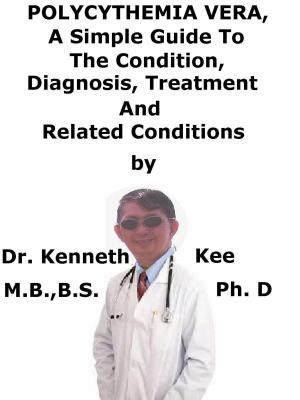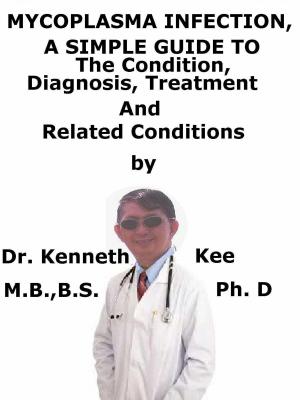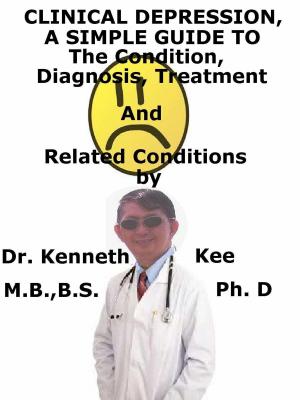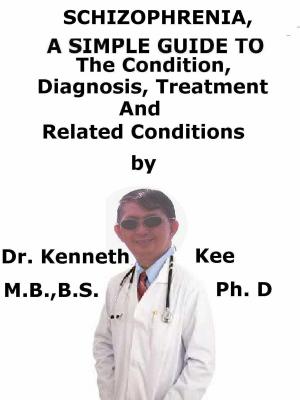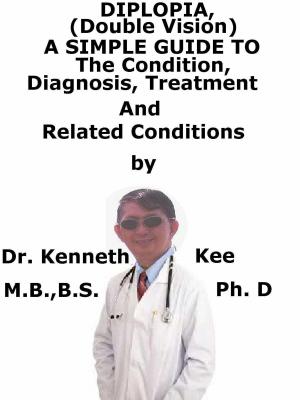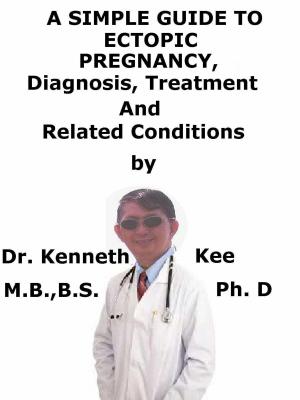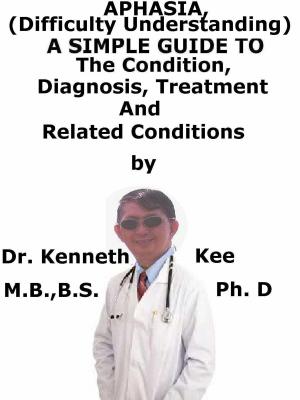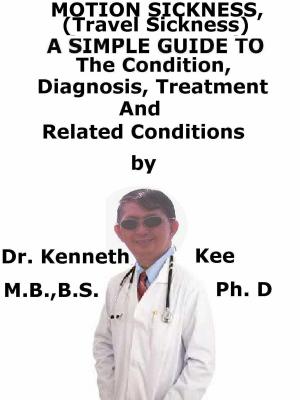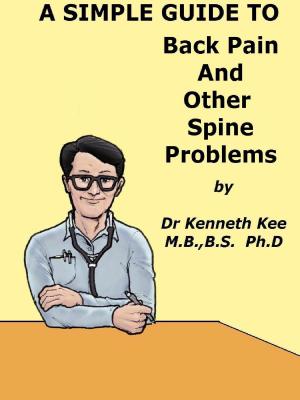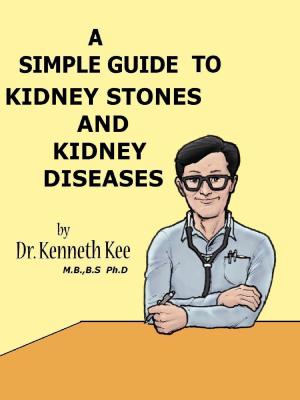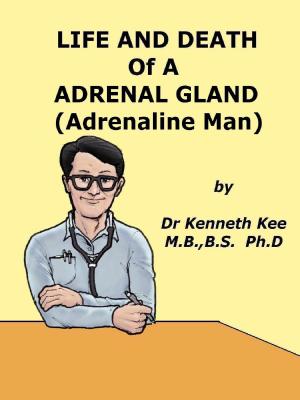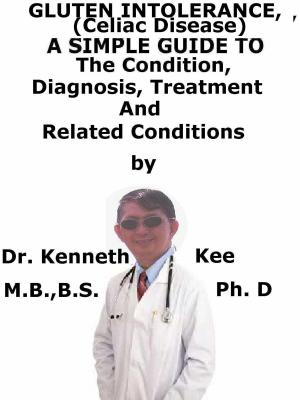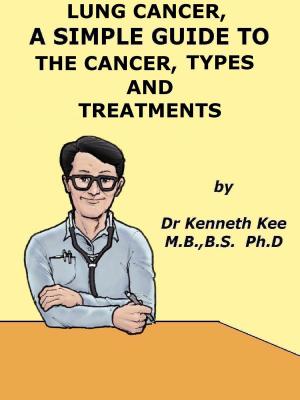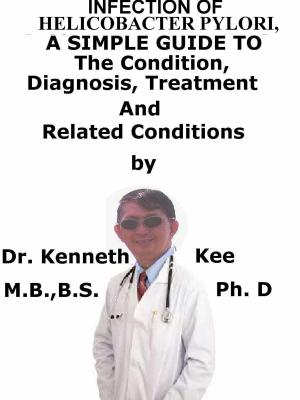Transient Ischemic Attack, A Simple Guide To The Condition, Diagnosis, Treatment And Related Conditions
Nonfiction, Health & Well Being, Health, Ailments & Diseases, Nervous System & the Brain, Medical, Specialties, Internal Medicine, Neurology| Author: | Kenneth Kee | ISBN: | 9781310603679 |
| Publisher: | Kenneth Kee | Publication: | February 25, 2016 |
| Imprint: | Smashwords Edition | Language: | English |
| Author: | Kenneth Kee |
| ISBN: | 9781310603679 |
| Publisher: | Kenneth Kee |
| Publication: | February 25, 2016 |
| Imprint: | Smashwords Edition |
| Language: | English |
Transient ischemic attack
Today a 60 year old man was brought in by his wife to consult me because he suddenly felt tiredness and weakness of one side of his body (right side) 1 week ago after shifting some heavy furniture.
The wife said that he was confused and went to the passenger seat instead of the driver’s seat. She had to drive him back home instead.
Once they reached home, he went to his bed and slept for 1 and a half days.
She was worried and took his blood pressure with her electronic BP set and found it to be 160/100.
She was worried and brought him to see me as soon as she was able to persuade him to do so.
On examination he was conscious and rational.
His eye reflexes were normal.
There was no neurological deficit. Babinski reflexes were normal.
His blood pressure was 170/100 which was definitely high.
Heart and lung examination were normal.
There was no evidence of any abnormal hear rhythm.
His urine and bowel movements were normal.
There was no evidence of bruit in the neck due to blockage of any blood flow.
Because of his history of one sided weakness and high blood pressure, my first diagnosis of a transient ischemic attack.
The best diagnosis is a MRI of the brain but this normally takes time.
The alternative was a non-contrast computerized tomography of the brain that will show: 1. A new area of ischemia or infarction
2. Old areas of ischemia
3. Intracranial mass, such as tumor
4. Intracranial bleeding, such as sub-dural hematoma or intra-cerebral hemorrhage
He was however stubborn about not going to hospital to take a CT Scan or blood tests in spite of his wife’s or my persuasions.
I wrote him a letter to go to the hospital for a CT scan and neurological examination in case his family could change his mind.
In the meantime I started him on anti platelet medicines such as aspirin (which he was not allergic to) and amlodipine (which is a fast calcium channel blocker for lowering his blood pressure.)
I am hopeful that he will be able to go to hospital for a checkup of his neurological and cardiovascular systems.
A few years ago my wife’s uncle was walking in the hospital to visit his wife after her knee operation when a passing nurse noticed that he was walking to one side. She got him admitted and he was diagnosed as a transient ischemic attack which later became a full blown stroke in spite of treatment.
What is a Transient Ischemic Attack?
A transient ischemic attack (TIA) is a medical disorder that occurs when blood flow to a part of the brain stops for a brief time.
Most TIAs last less than five minutes; the average is about a minute.
When a TIA is over, it usually causes no permanent injury to the brain
A person will have stroke-like symptoms for up to 24 hours.
In most cases, the symptoms last for 1 to 2 hours.
TIA symptoms occur rapidly and last a relatively short time.
A TIA is felt to be an indicator that a classic stroke may occur in the future if something is not done to prevent it.
What are the causes of Transient Ischemic Attack?
Causes
A TIA is different than a stroke.
After a TIA, the blockage breaks up quickly and disappears.
A TIA does not produce brain tissue death.
The loss of blood flow to an area of the brain can be caused by:
1. A blood clot in an artery of the brain
2. A blood clot that travels to the brain from somewhere else in the body (for example, from the heart)
3. An injury to blood vessels
4. Narrowing of a blood vessel in the brain or leading to the brain
High blood pressure is the main danger for TIAs and stroke.
The other major risk factors are:
1. Atrial fibrillation
2. Diabetes
3. Family history of stroke
4. High cholesterol
5. Increasing age, especially after age 55
6. Race (African Americans are more likely to die of stroke)
7. Smoking
Introduction
Chapter 1 Transient Ischemic Attack
Chapter 2 Causes
Chapter 3 Symptoms
Chapter 4 Diagnosis
Chapter 5 Treatment
Chapter 6 Prognosis
Chapter 7 Stroke
Chapter 8 Hypertension
Transient ischemic attack
Today a 60 year old man was brought in by his wife to consult me because he suddenly felt tiredness and weakness of one side of his body (right side) 1 week ago after shifting some heavy furniture.
The wife said that he was confused and went to the passenger seat instead of the driver’s seat. She had to drive him back home instead.
Once they reached home, he went to his bed and slept for 1 and a half days.
She was worried and took his blood pressure with her electronic BP set and found it to be 160/100.
She was worried and brought him to see me as soon as she was able to persuade him to do so.
On examination he was conscious and rational.
His eye reflexes were normal.
There was no neurological deficit. Babinski reflexes were normal.
His blood pressure was 170/100 which was definitely high.
Heart and lung examination were normal.
There was no evidence of any abnormal hear rhythm.
His urine and bowel movements were normal.
There was no evidence of bruit in the neck due to blockage of any blood flow.
Because of his history of one sided weakness and high blood pressure, my first diagnosis of a transient ischemic attack.
The best diagnosis is a MRI of the brain but this normally takes time.
The alternative was a non-contrast computerized tomography of the brain that will show: 1. A new area of ischemia or infarction
2. Old areas of ischemia
3. Intracranial mass, such as tumor
4. Intracranial bleeding, such as sub-dural hematoma or intra-cerebral hemorrhage
He was however stubborn about not going to hospital to take a CT Scan or blood tests in spite of his wife’s or my persuasions.
I wrote him a letter to go to the hospital for a CT scan and neurological examination in case his family could change his mind.
In the meantime I started him on anti platelet medicines such as aspirin (which he was not allergic to) and amlodipine (which is a fast calcium channel blocker for lowering his blood pressure.)
I am hopeful that he will be able to go to hospital for a checkup of his neurological and cardiovascular systems.
A few years ago my wife’s uncle was walking in the hospital to visit his wife after her knee operation when a passing nurse noticed that he was walking to one side. She got him admitted and he was diagnosed as a transient ischemic attack which later became a full blown stroke in spite of treatment.
What is a Transient Ischemic Attack?
A transient ischemic attack (TIA) is a medical disorder that occurs when blood flow to a part of the brain stops for a brief time.
Most TIAs last less than five minutes; the average is about a minute.
When a TIA is over, it usually causes no permanent injury to the brain
A person will have stroke-like symptoms for up to 24 hours.
In most cases, the symptoms last for 1 to 2 hours.
TIA symptoms occur rapidly and last a relatively short time.
A TIA is felt to be an indicator that a classic stroke may occur in the future if something is not done to prevent it.
What are the causes of Transient Ischemic Attack?
Causes
A TIA is different than a stroke.
After a TIA, the blockage breaks up quickly and disappears.
A TIA does not produce brain tissue death.
The loss of blood flow to an area of the brain can be caused by:
1. A blood clot in an artery of the brain
2. A blood clot that travels to the brain from somewhere else in the body (for example, from the heart)
3. An injury to blood vessels
4. Narrowing of a blood vessel in the brain or leading to the brain
High blood pressure is the main danger for TIAs and stroke.
The other major risk factors are:
1. Atrial fibrillation
2. Diabetes
3. Family history of stroke
4. High cholesterol
5. Increasing age, especially after age 55
6. Race (African Americans are more likely to die of stroke)
7. Smoking
Introduction
Chapter 1 Transient Ischemic Attack
Chapter 2 Causes
Chapter 3 Symptoms
Chapter 4 Diagnosis
Chapter 5 Treatment
Chapter 6 Prognosis
Chapter 7 Stroke
Chapter 8 Hypertension
